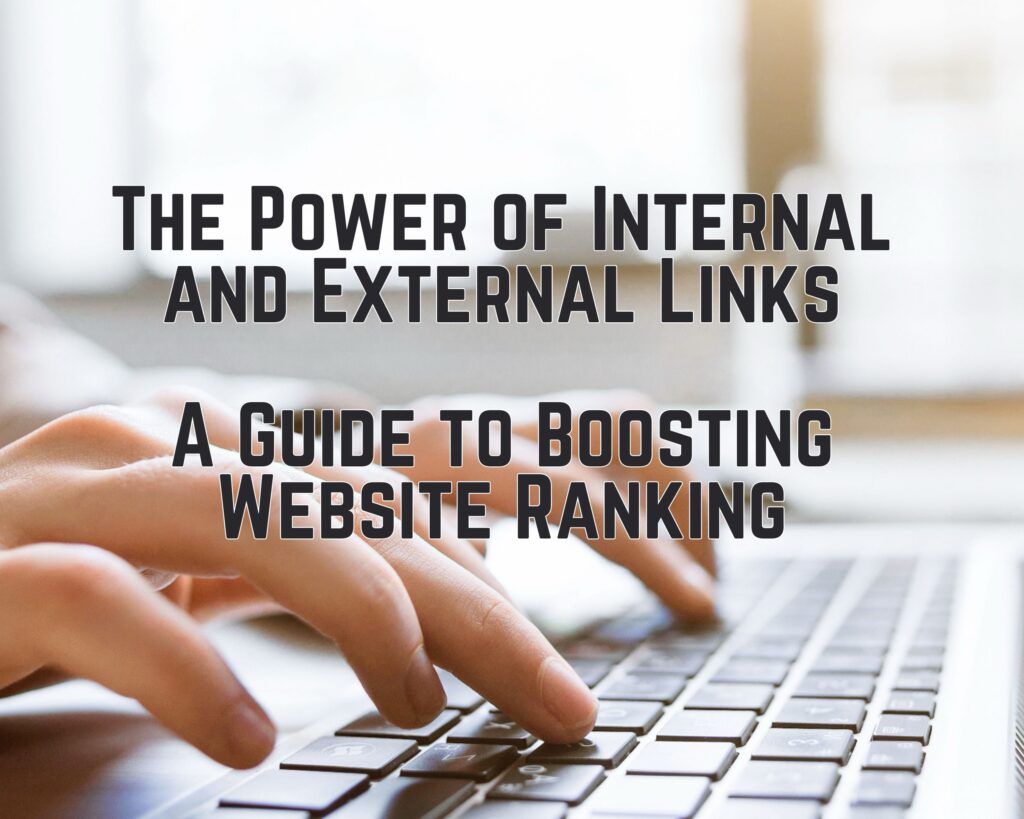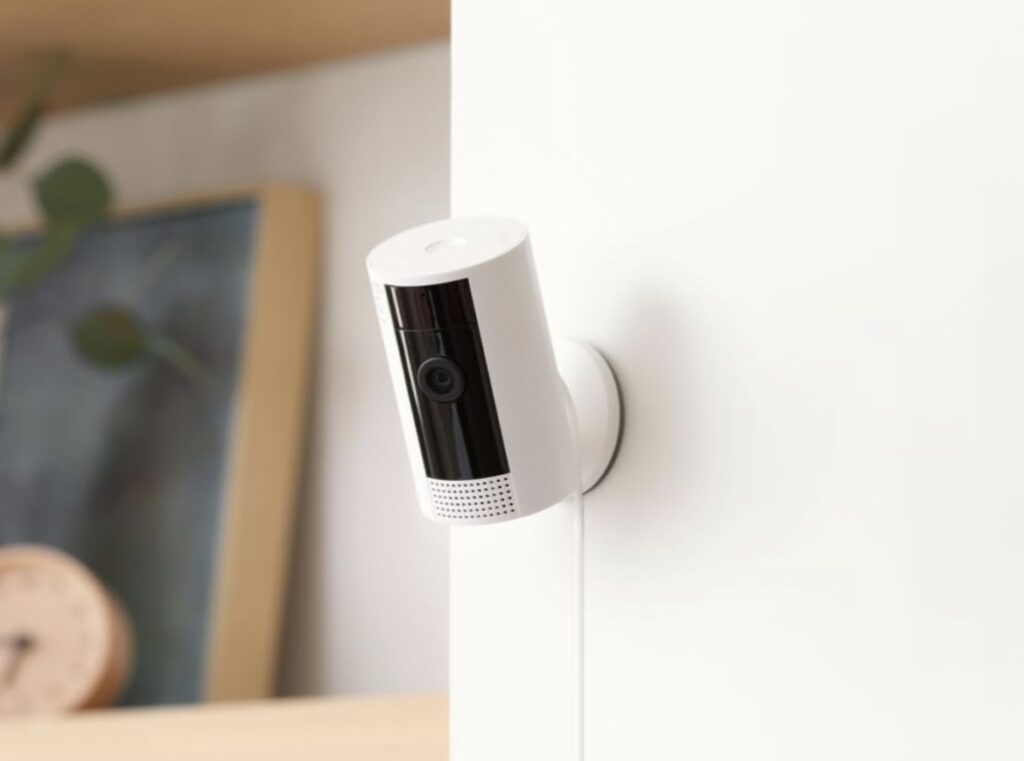When it comes to enhancing your website’s ranking and providing valuable content to your audience, the use of internal and external links is a crucial consideration. But is it okay to use them in every article on your website? Let’s delve into the world of links, both internal and external, and explore the good and bad aspects, along with how to do it right.

The Role of Internal Links
The Good:
- Enhancing User Experience: Internal links guide your visitors to related content on your website, offering them a more comprehensive and engaging experience.
- Establishing Authority: They demonstrate your expertise on a subject by showcasing your wealth of related content.
- Reducing Bounce Rate: Internal links can keep visitors exploring your website, reducing the chances of them leaving quickly.
The Bad:
- Overdoing It: Excessive internal links within an article can overwhelm readers and feel spammy.
- Relevance: Ensure that internal links are contextually relevant to the content. Don’t force links where they don’t naturally fit.
The Role of External Links
The Good:
- Credibility and Trust: External links to reputable sources can enhance your content’s credibility.
- Value to Readers: They provide additional resources, references, or further reading opportunities for your audience.
- SEO Benefits: Search engines consider external links as a sign of quality content.
The Bad:
- Overloading: Too many external links, especially to unrelated or low-quality sites, can harm your website’s credibility.
- Distracting: External links that lead readers away from your site may increase bounce rates.
Doing It Right
1. Balance is Key:
- Use internal links where they genuinely benefit the reader’s understanding or provide additional resources.
- For external links, prioritize quality over quantity. Link to authoritative sources that enhance your content.
2. Context Matters:
- Ensure that all links, both internal and external, fit naturally within the content.
- Use descriptive anchor text that tells readers what to expect when they click.
3. Monitor Performance:
- Regularly check your website’s performance to see how internal and external links impact user engagement and bounce rates.
4. Stay Updated:
- Continually update and improve your content, including links, to ensure relevance and accuracy.
Incorporating both internal and external links into your website’s content can significantly boost user experience and SEO. However, it’s essential to strike the right balance and provide value to your readers. When used correctly, these links can not only improve your website’s ranking but also establish your site as a valuable resource in your niche. Remember, quality, relevance, and user experience should always be your guiding principles.
The SEO Benefits of a Well-Linked Website
When it comes to boosting your website’s ranking in search engine results, links are your allies. Whether they are internal links connecting your site’s pages or external links pointing to reputable sources, they play a significant role in search engine optimization (SEO).
Internal Links: Search engines, like Google, use internal links to navigate your website and understand its structure. Well-placed internal links can help search engine bots index your content more effectively. This, in turn, can lead to better visibility in search results.
External Links: External links to authoritative sources not only demonstrate your content’s credibility but also contribute to your website’s trustworthiness in the eyes of search engines. When other reputable websites link to yours (backlinks), it can significantly boost your SEO rankings.
The Good and Bad of Internal Links
The Good:
- Enhanced User Experience: Internal links guide visitors to related content, keeping them engaged and encouraging further exploration.
- Improved SEO: When used strategically, internal links can distribute link equity (authority) across your site, benefiting SEO efforts.
- Reduced Bounce Rate: By providing relevant links, you can reduce the likelihood of visitors leaving your site prematurely.
The Bad:
- Over-Optimization: Too many internal links within an article can appear spammy and detract from the user experience.
- Relevance Matters: Internal links should be contextually relevant. Avoid inserting links that don’t naturally fit.
The Good and Bad of External Links
The Good:
- Credibility and Trust: External links to reputable sources add credibility to your content.
- Enhanced Value: They offer readers additional resources, references, and opportunities for further learning.
- SEO Boost: Quality external links signal to search engines that your content is reliable and valuable.
The Bad:
- Excessive Links: Overloading your content with external links, especially to unrelated or low-quality sites, can harm your website’s credibility.
- Distracting: External links that divert readers away from your site may lead to higher bounce rates.
Achieving the Right Balance
To harness the benefits of both internal and external links, it’s crucial to strike the right balance:
1. Prioritize User Experience:
- Focus on enhancing the reader’s experience with valuable, relevant links.
- Avoid overwhelming your content with too many links, both internal and external.
2. Quality Over Quantity:
- For external links, prioritize linking to authoritative sources that genuinely enhance your content’s value.
- Ensure that external links open in new tabs or windows to prevent users from leaving your site entirely.
3. Monitor and Adjust:
- Regularly assess the performance of your linked content.
- Keep an eye on user engagement metrics, bounce rates, and SEO rankings.
4. Stay Current:
- Continually update and improve your content, including links, to maintain relevance and accuracy.
Links as SEO Allies
Incorporating internal and external links thoughtfully and strategically can significantly benefit your website’s ranking and user experience. These links aren’t just connections; they are pathways to enhance your site’s credibility, authority, and visibility in the digital landscape. Remember, it’s the quality, relevance, and user-centric approach that will ultimately propel your website to the top of search engine results.
As an Amazon Associate we earn from qualifying purchases through some links in our articles.




